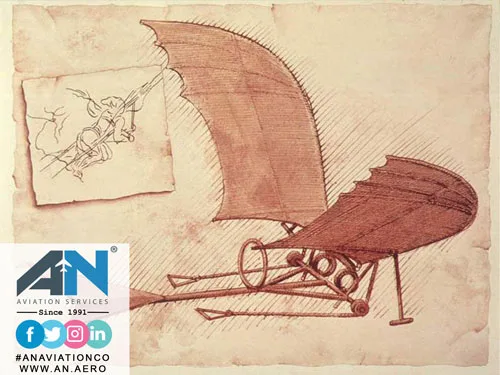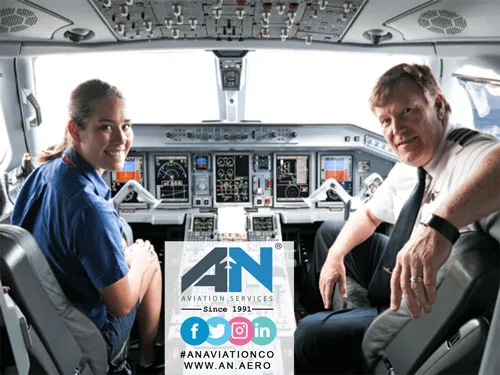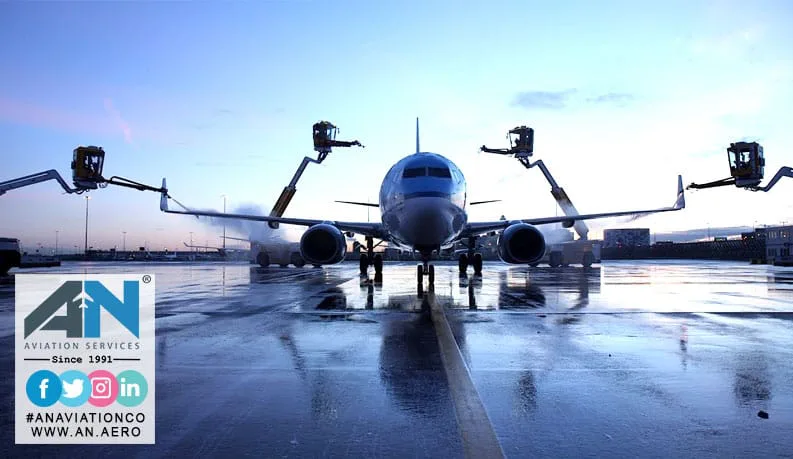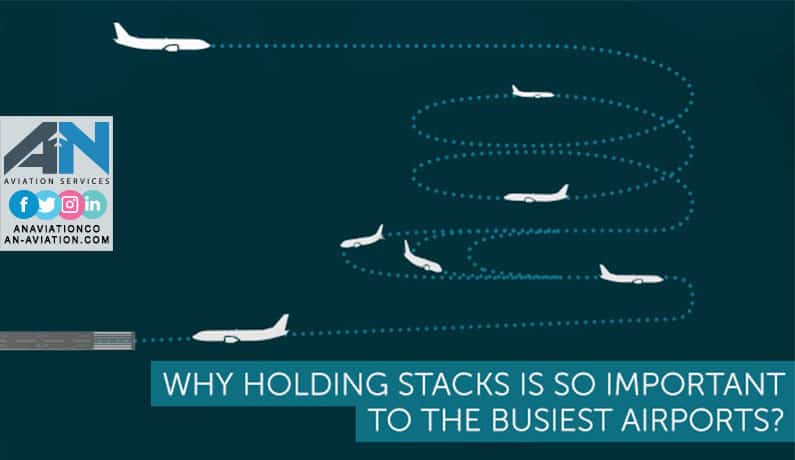The Pilot in Command (PIC) holds one of the most crucial roles in aviation, entrusted with the responsibility and authority over the operation and safety of the aircraft. Whether in a commercial, private, or emergency flight setting.
The history of flight is a fascinating journey marked by human ingenuity, courage, and a relentless drive to conquer the skies.
The aviation industry is filled with fascinating details and surprising quirks that most passengers and even some enthusiasts might not be aware of.
If you’ve ever driven past an airport, airfield, or even certain industrial sites, you’ve probably noticed a brightly colored windsock swaying in the wind.
Flying in winter weather presents unique challenges for aircraft, particularly due to the formation of ice on critical surfaces like the wings, tail, and engine inlets.
Aircraft marshalling is a method of guiding aircraft on the ground using hand signals, often performed by a ground crew member known as a marshaller.
For some travelers, the experience of circling in the air just before landing can be an unexpected twist at the end of their journey.
When we think of jets, we often imagine large commercial airliners or sleek military fighters soaring through the skies. However, the world of aviation has its fair share of tiny marvels, and two of the most intriguing examples are the BD-5 and the FLS Microjet.









